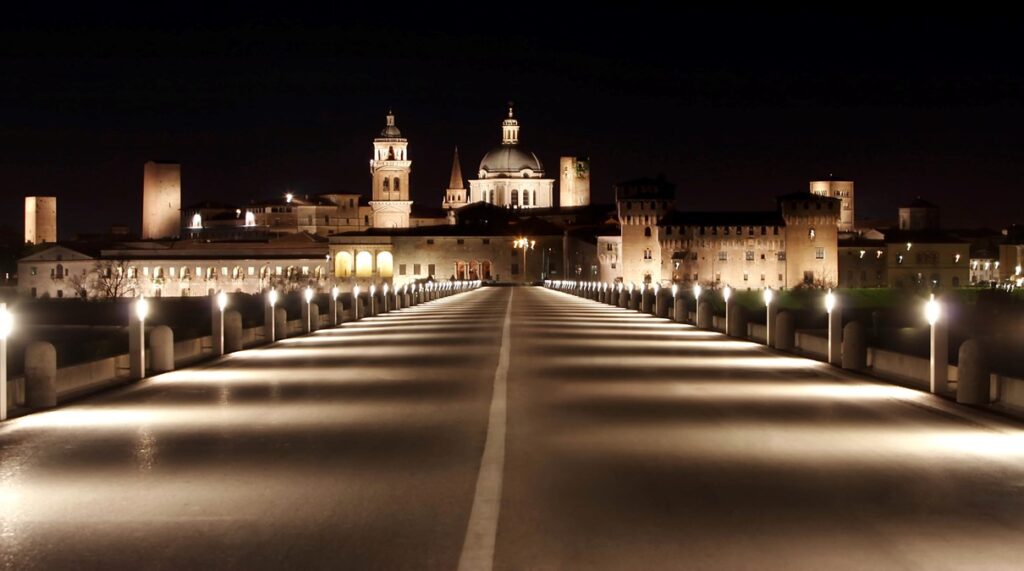Urban Energy Consumption
URBAN ENERGY
BETTER CONSUMPTION
AND PRODUCTION

Introduction
Economic activity, transport, geographic factors explain 37% of urban direct energy use and 88% of urban transport energy use.
Energy is required for daily operational needs of the cities and citizens such as lighting, air conditioning, and cleaning. In addition, urban sprawl increases distances between destinations.
Description
A sustainable urban energy system needs low carbon technologies on the supply side, and efficient distribution infrastructure as well as lowered consumption on the end user side adopting energy saving techniques.
The less energy is used, the less needs to be produced. The major change needs to come from the end users – residents, businesses, industries. Technology can also assist in optimizing energy use. Savings can be made by integrating efficient heating, cooling, insulation, lighting, and water distribution systems in new or rehabilitated buildings.
The use of recycled, reused, or low energy building materials also contributes to a better energy balance. To cut fossil fuel use for transportation needs, cities need to develop attractive public transport systems and must increase the share of non-motorized transport, and optimize delivery of goods. Consumption habits also need to change, residents should be encouraged to use more local products and to take on presumption, the production of one’s own food.
In addition, cities need to establish strong policies and standards to develop sustainable urban energy systems and to reduce the use of unsustainable technologies and practices. Governments should not only institute legislation to regulate energy use and consumption, but also set up incentive measures that promote innovation, and, most importantly, the adoption of greener and more efficient technologies.
Further Information

